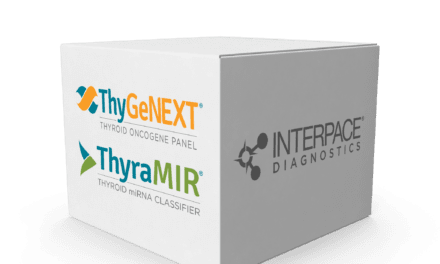
In addition to the stereo mode, which offers 3-D images and large object fields, a high-resolution objective with long working distance will allow magnifications of up to 660x by simply switching the nosepiece. An additional beam splitter in the binocular tube ensures convenient viewing of the high-resolution, 2-D images. Both macro and micro modes allow transmitted light and fluorescence contrasting techniques to be performed throughout the entire magnification range.
The latest innovation on the M2 FL S is the addition of a transmitted light DIC system. It permits DIC imaging with both 10x and 20x objectives. This facilitates seeing morphologies and structures in whole specimen. A special filter turret allows a fast change between a maximum of four different fluorescence filter blocks. For high-resolution observation, two different objectives are available: 10x/0.45 and 20x/0.42.
The M2 FL S allows for separate GFP-expressing nematodes in detailed examinations of the same object spot at high magnifications immediately afterward with a single microscope.
Carl Zeiss MicroImaging
www.CLPmag.com




